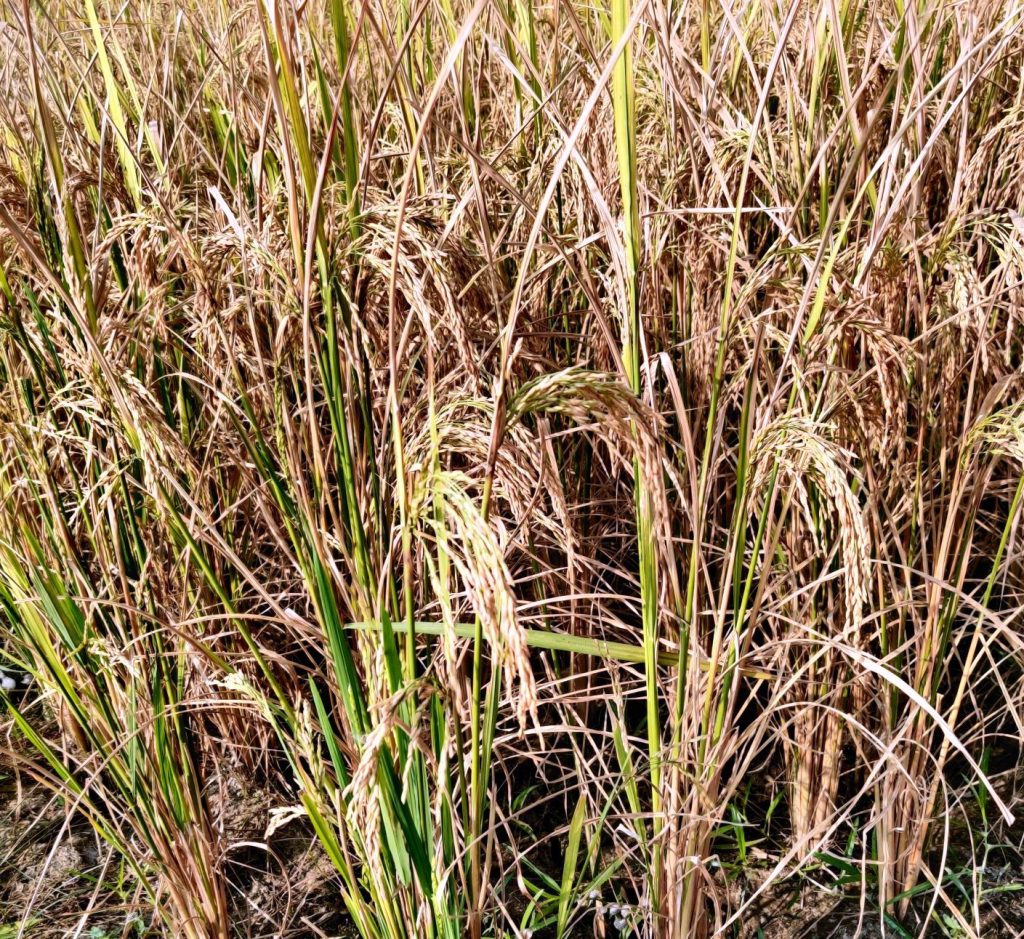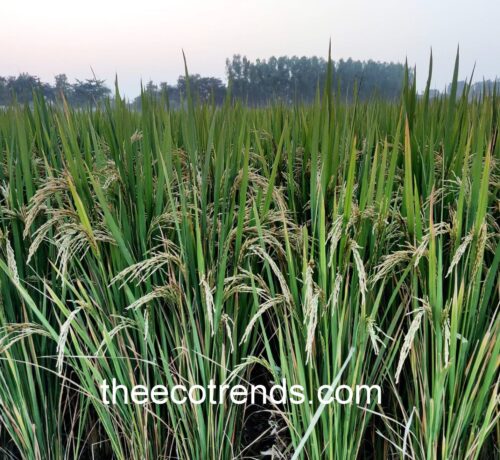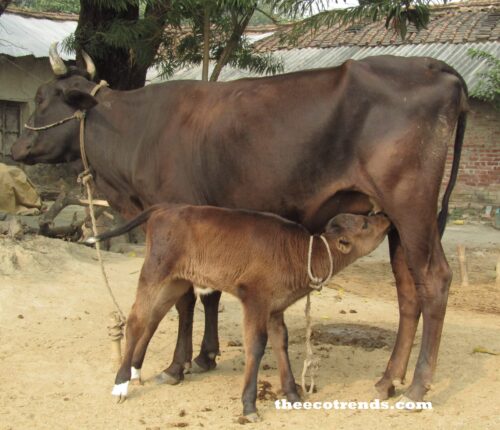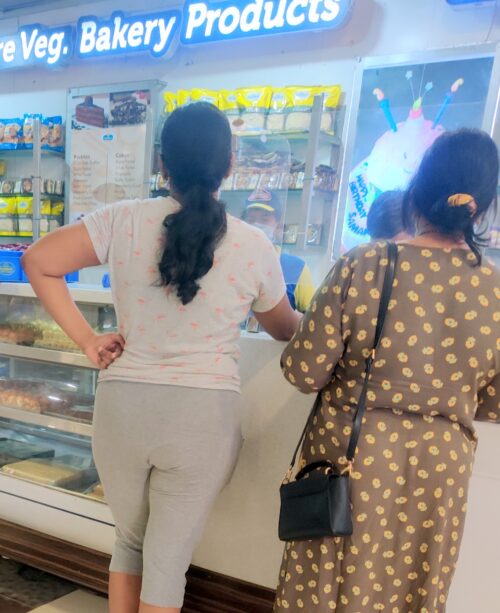Each one of us may think that my food is my personal matter.
You may say that you can eat whatever the food you wish to or whatever type of the food you want to.
Okay, but what I want to express here is a different matter.
I just want to tell you that your food is more than personal to you.
How…? Let me tell you.
Our food is linked to our culture and to our environment as well. For example, the people of Bengal prefer eating rice where as people of any other state may not prefer the same.
Thus, eating rice is linked to the culture of the people of Bengal in some way or the other.
Suppose you want to eat a particular variety of rice, but it is not available at all. And the cultivation of that variety of rice is no longer in practice …
You might have heard that there were hundreds of varieties of rice sown in India some decades back but many of them are not at all cultivated in our field now.
Some of them might be available in packets in markets for high prices. Thus, we may conclude that those “no longer available” varieties might have gone extinct or rare.
This is, in fact, the loss of biodiversity that occurred due to our carelessness or due to our negligence.
In this way availability of a particular type of food is more of an environmental matter and not the personal one.
Earlier, our forefather used to grow many types of crops but some of those crops are not available now. We can say that those varieties of crops have become rare or have gone extinct.
Thus, the plant biodiversity of many areas is being reduced or depleted and so a number of merits or genes have been reduced or have gone forever. It is a great loss.
People living in an area located in far north of our country eat different types of food than the people living in Bengal, Rajasthan, Punjab or Andhra Pradesh. Why is it? It is because the environment of these places is different due to which only a particular set of crops grow in that region.
The biodiversity or the flora and fauna of a place make up the culture of that place.
Thus, diversity of food is in fact the diversity of culture or at least you can say that cultural diversity of India is linked to its biodiversity. And so, the cultural diversity of the world is linked to its biodiversity. But often, we don’t get ready to accept it.
Each region of India or say the world is diverse in its food habits.
Take the example of rice varieties again. Different regions of the country have its own indigenous varieties of rice. Many of these varieties may have different medicinal properties.
Some of these varieties are specific to the particular region in which it is grown by the farmers of that region.
Some varieties are environment – specific. For example some of these are drought tolerant whereas some of these grow under rain fed conditions. Some grow submerged deep in water.
All these environmental conditions may for sure be not available equally in all regions and so a particular variety grows in a particular region. People of that region fondly eat those varieties and that their food becomes a part of their culture.
People of Bengal have been fond of rice and fish and this type of food has become a part of their culture.
In the book of history you might have studied that rice grains and fishing hooks were found in an excavation in many parts of Bengal. It is reported that the people of this region are fond of eating different varieties of rice in different seasons. Thus, we can say that food becomes an integral part of culture of a region.
What will happen if a particular variety of rice gets altogether missing from our dish? Will not it affect the culture of our particular region?

In our daily life, we do not value biodiversity as much as it is needed. But now, we must admit that if biodiversity disappears or gets reduced severally, we are sure to lose the food wealth in our plates.
Then the food can no longer remain our personal matter.
You may become bound to purchase the same in small packages from markets and a day may come when the same may disappear from the markets too.
This is the current scenario before us for many of our food varieties. Many species of plants and of many fish and animals as well have gone away forever.
We don’t have some varieties of fish in Jharkhand today that were available in plenty some years back. Just ask some elderly people and they will tell you the truth.
Many species of our crop plants have so far been gone extinct. Take barley for example. Now we have to purchase it from markets in small plastic packets. Earlier, when barley used to be available in plenty, we did not understand its medicinal importance. Some wise people in ancient times linked it to our religion, and probably this or some more may be the reason why it is available in markets at least, otherwise it, might had gone away forever.
Now going through the above details, we may now conclude that the diversity of food must be maintained for which our care and attention is important.
And for this, the conservation of our biodiversity is essential.
Conservation or protection of biodiversity is the conservation or protection of our food varieties, and the conservation of our culture. Isn’t it? So, let us repeat the slogan given once by the NCSTC-Network once theme for the National Children’s Science Congress – “Our Traditional Knowledge – Let Us Share and Care”.




